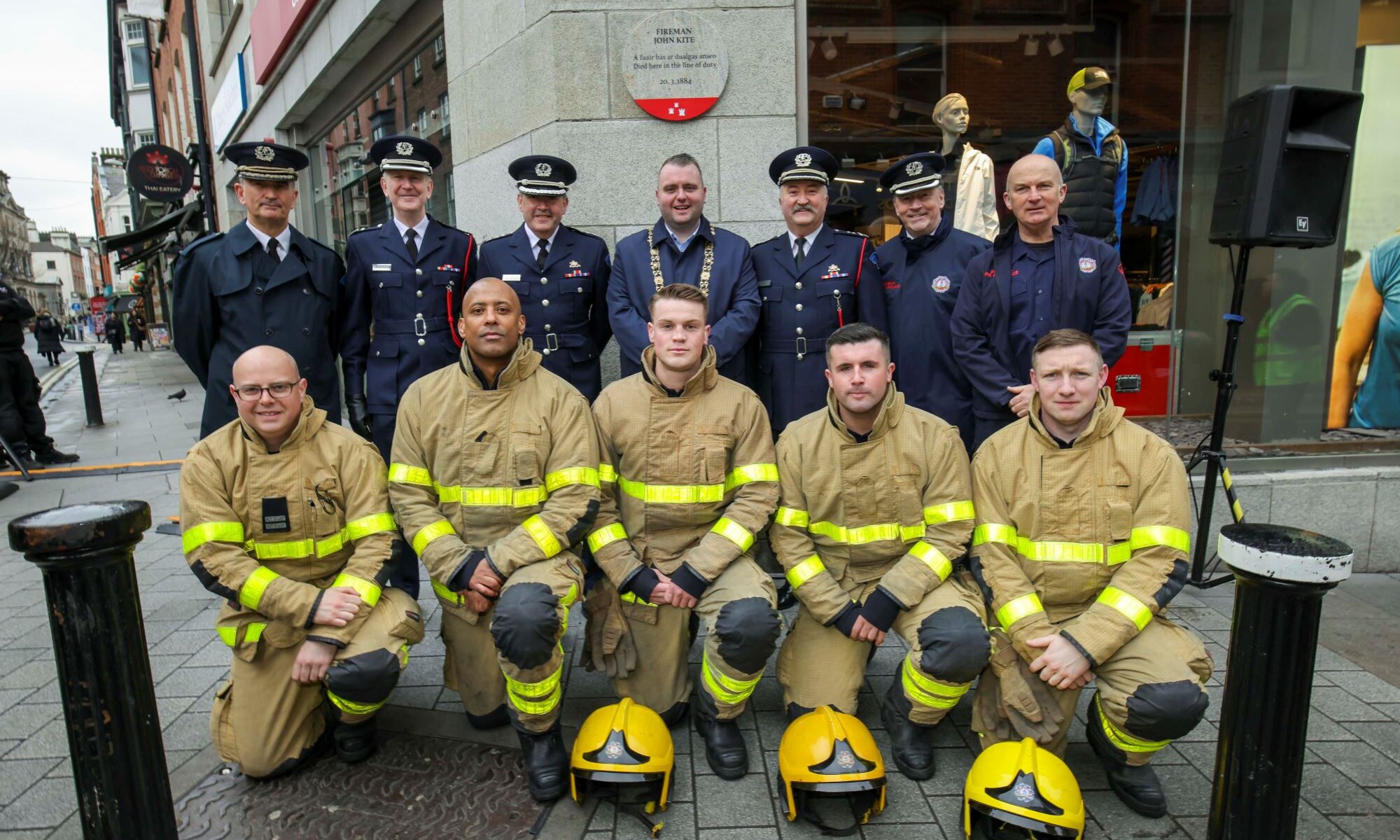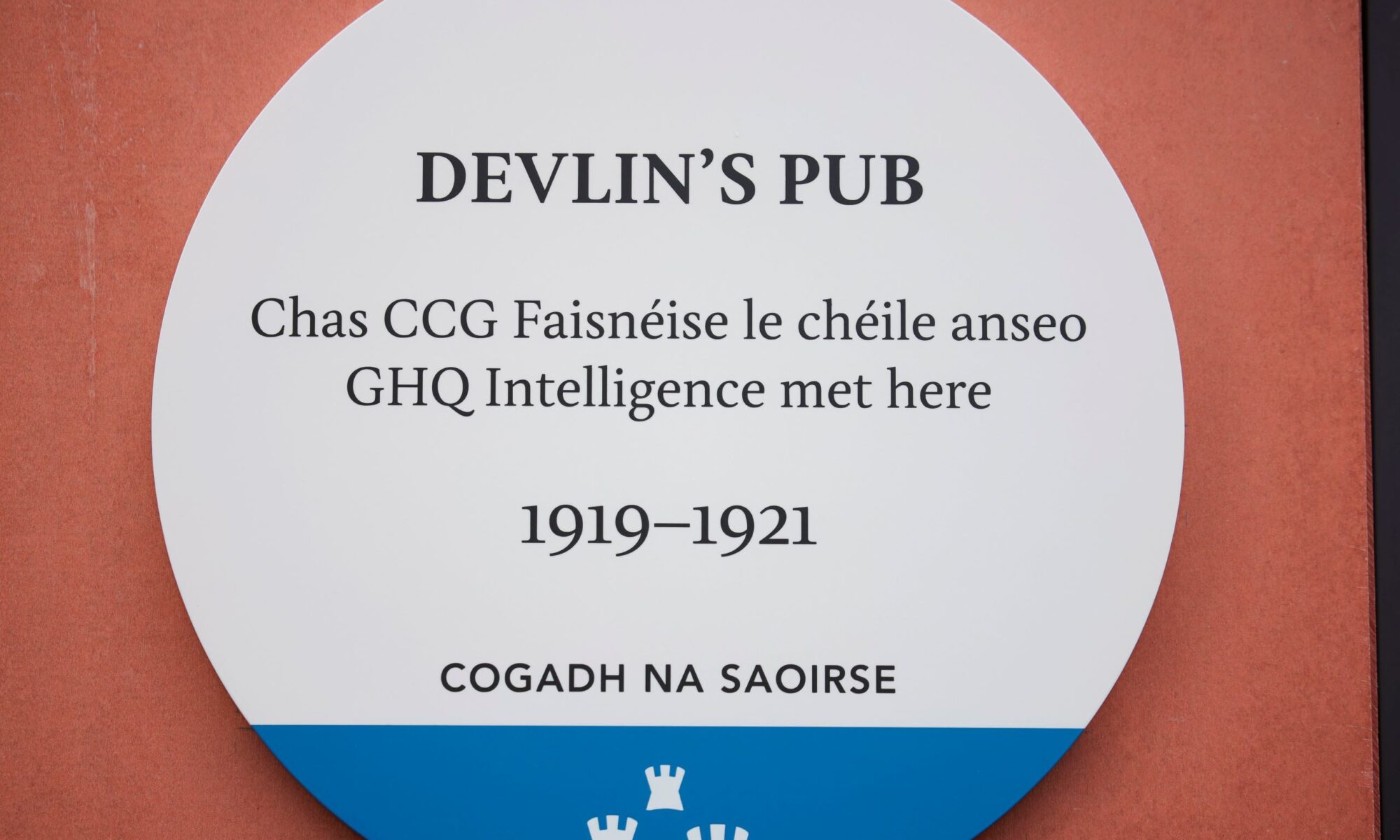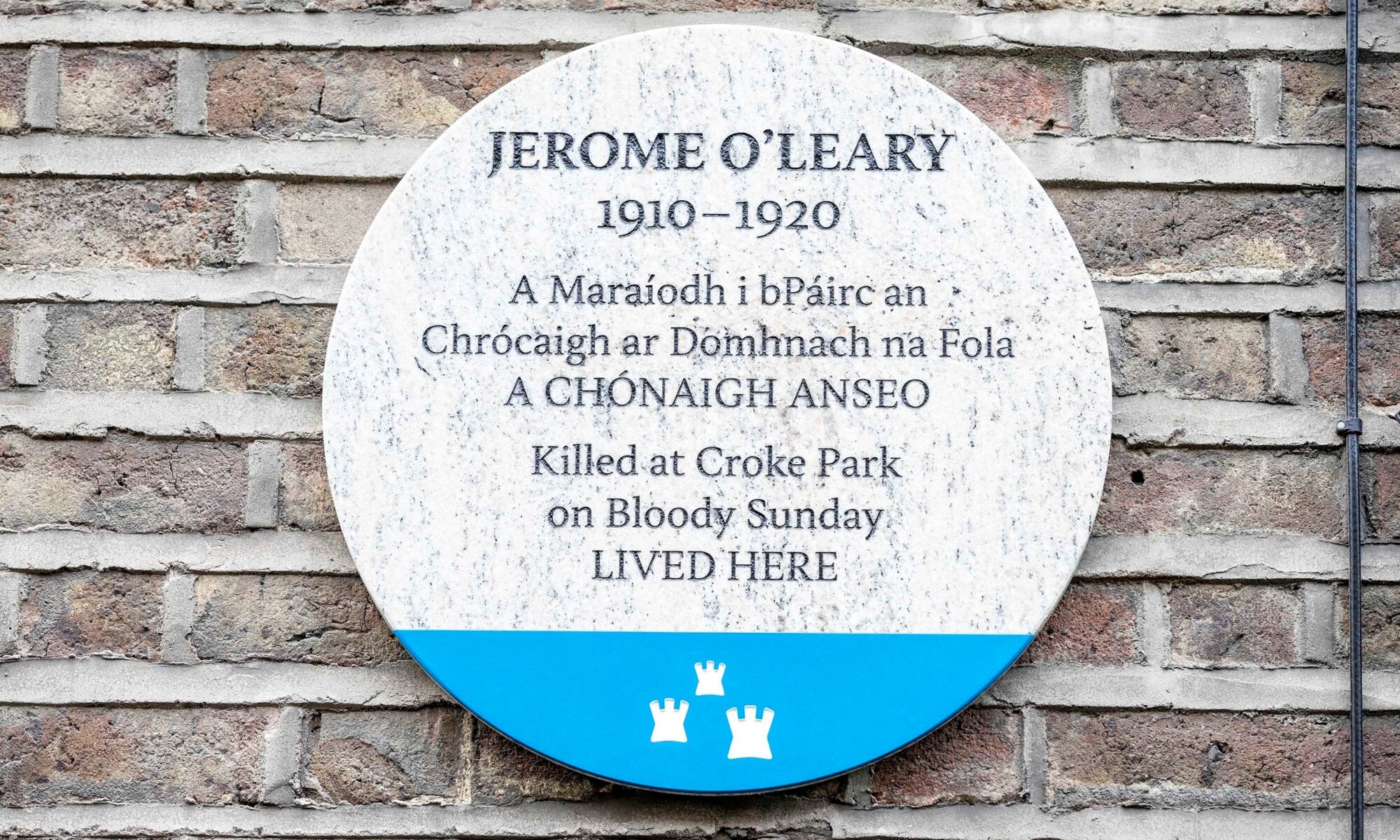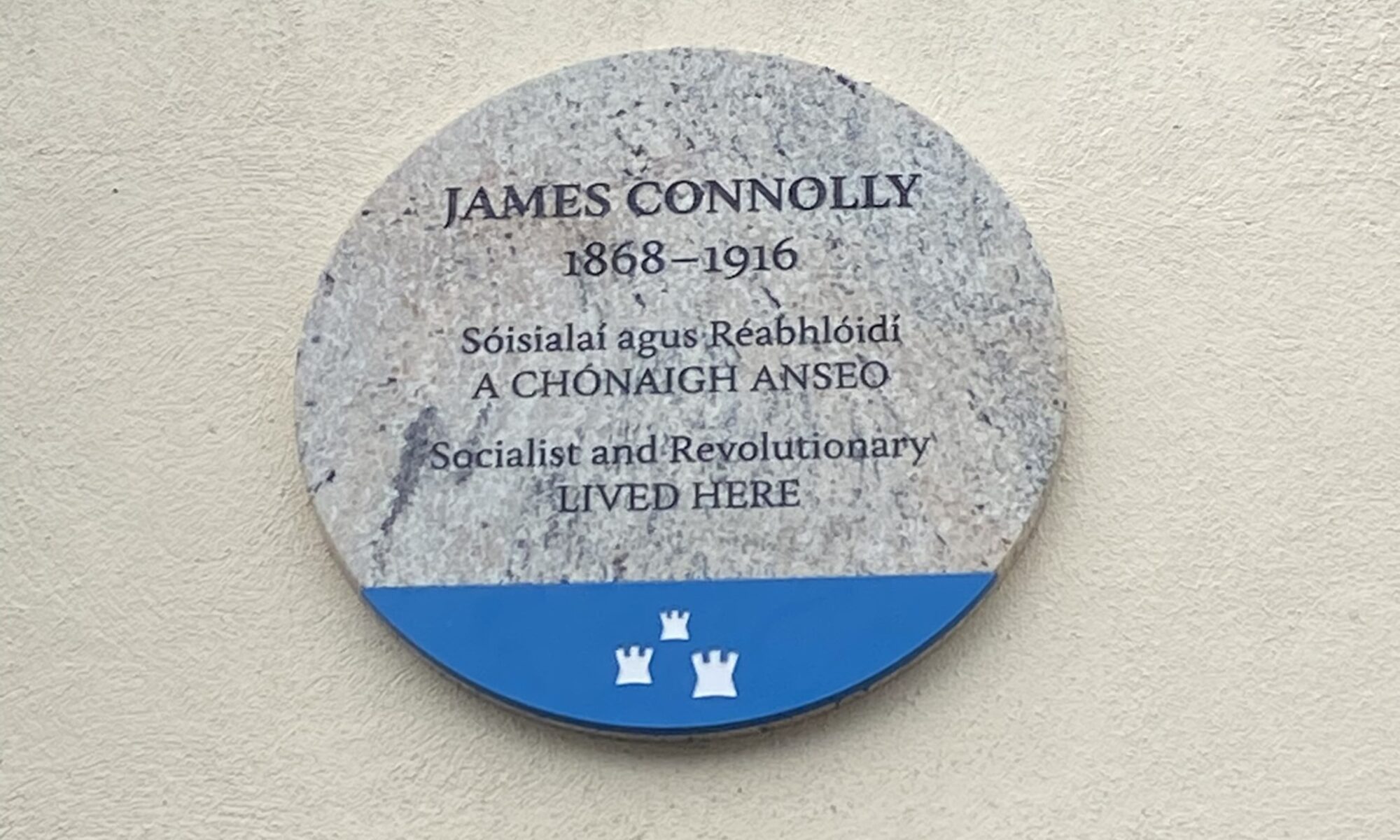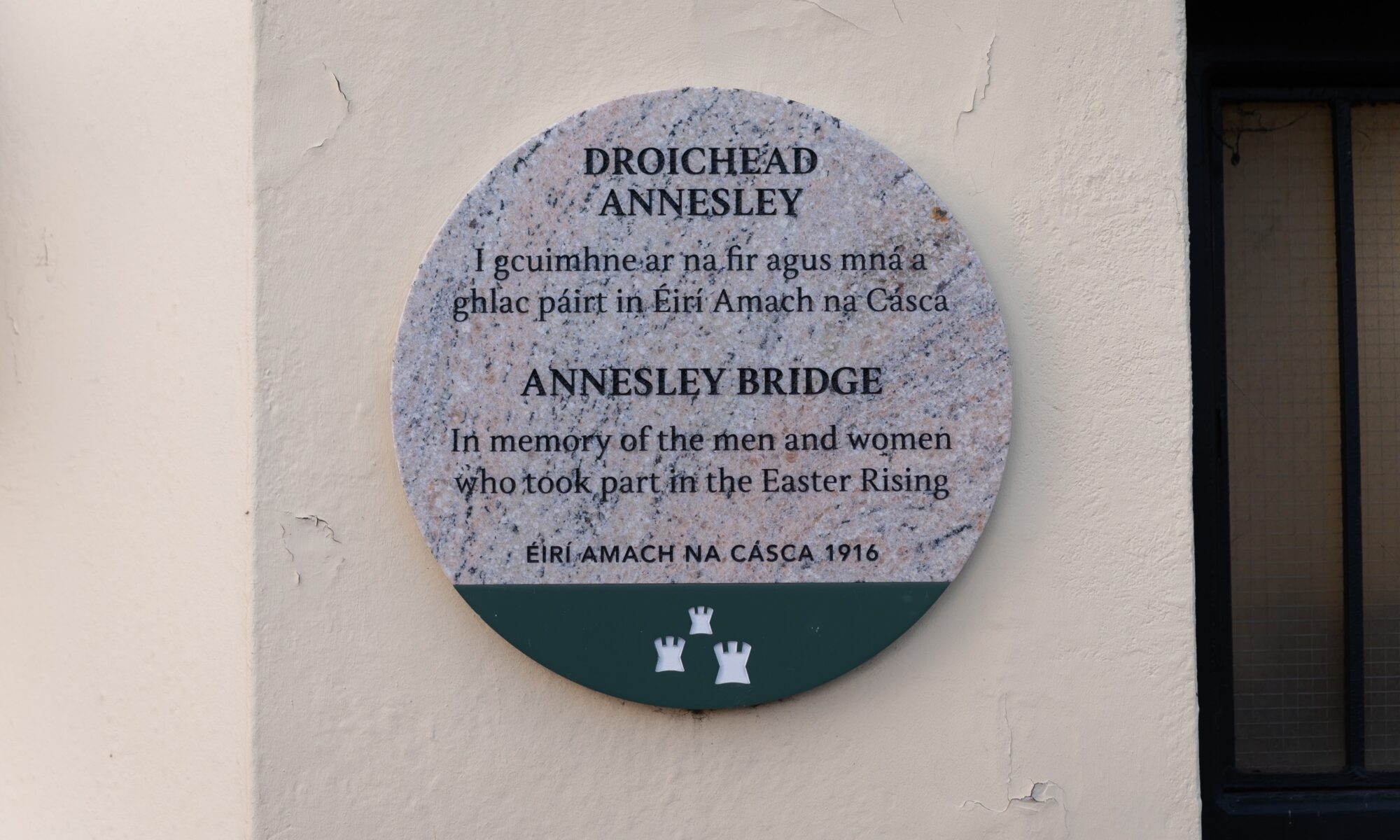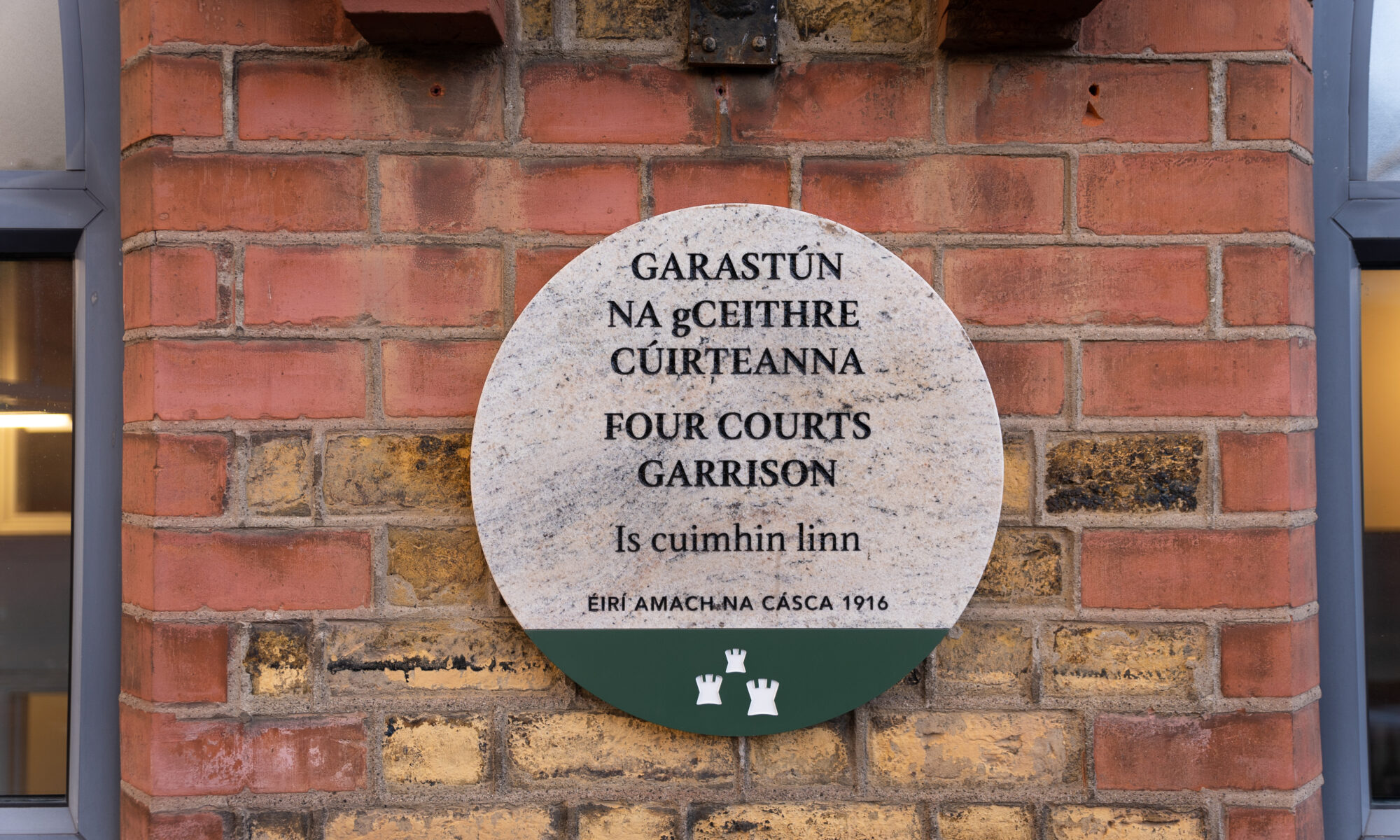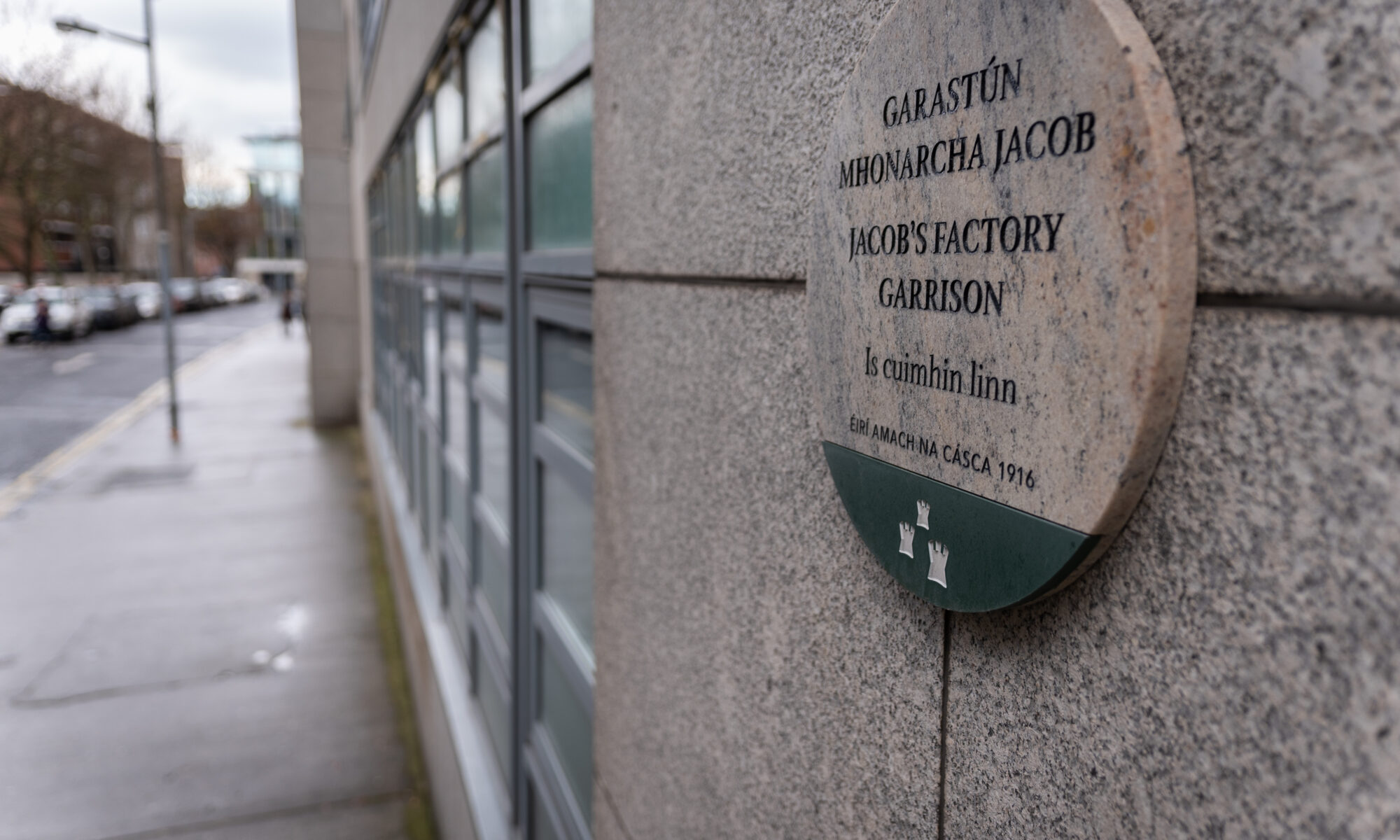This plaque marks the location of Devlin’s Pub, which stood on the site of what is now the Point A Hotel, Parnell Street, Dublin 1.
In mid-1919, Derry born Liam Devlin relocated from Glasgow with his family of seven children to a public house that he bought at 68 Parnell Street, Dublin. Within a few weeks he had offered the use of upstairs rooms to Michael Collins.
The pub quickly became one of the main locations for meetings of the IRB Headquarters of Intelligence. It was a significant location during the War of Independence. Meetings were held daily at the pub, attended by Michael Collins, Frank Thornton, Liam Tobin, Emmet Dalton and many others of the leadership of the Volunteers and the IRB.
As many as eight to ten Volunteers and Officers were accommodated there every night during this period. Devlin was himself an Intelligence Officer and was entrusted with the safe keeping of National Loan Funds.
Michael Collins waited here for news about the abandoned escape and later execution of Kevin Barry. He was also in Devlin’s Pub on the morning of Bloody Sunday. The pub was the location of the Mutiny, which threatened the very survival of the Free State, led by Liam Tobin, in March 1924.
The plaque was unveiled by the Lord Mayor of Dublin, Daithí de Róiste, and John Healey, grandson of Liam Devlin, on 5 April 2024.
